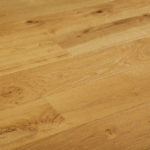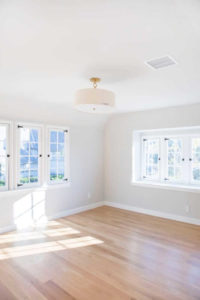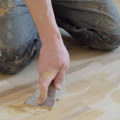Oak Flooring Care and Maintenance
Hardwood floors give your space an elegant, timeless appearance that exudes pure class. Wood is also a strong material that can stand up to a lot of abuse from foot traffic, pets, kids and the rigors of day-to-day life. Of course, your floors won’t look their best without some sort of maintenance routine.
The good news is that caring for and maintaining your oak floors doesn’t have to be difficult. Use this guide to learn more about oak flooring care and the maintenance that goes along with having beautiful hardwood in your home or place of business.
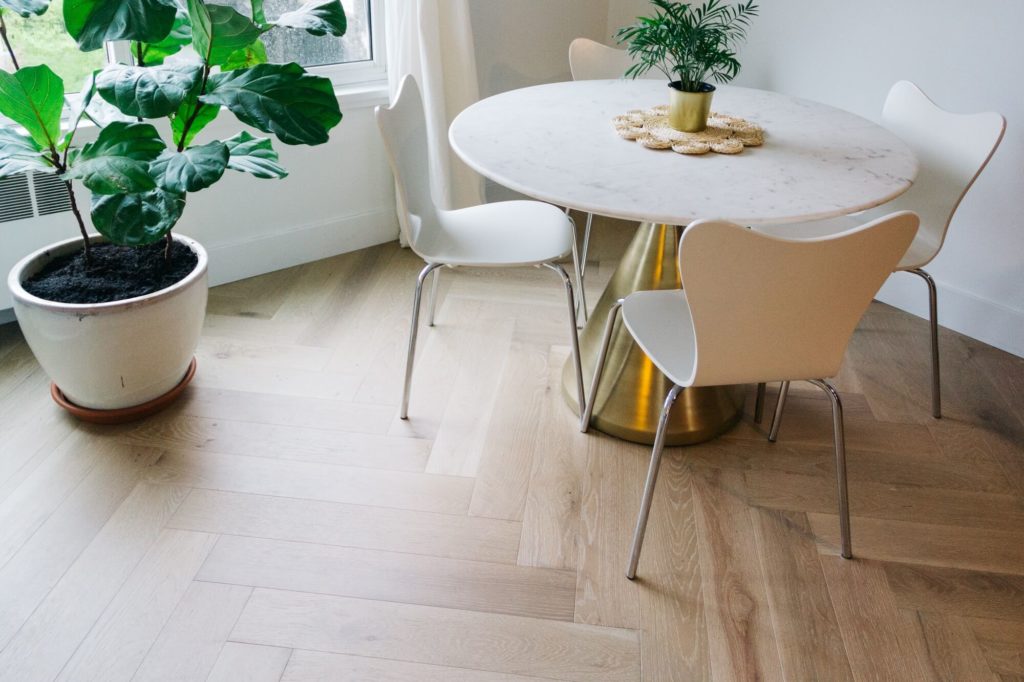
Oak Flooring Care Checklist
Use Felt Pads to Protect Your Floors
An ounce of prevention is worth a pound of care. You’ve heard that phrase, or some version of it, a million times. When it comes to your oak floors, it’s a time-tested truism that you really should remember.
One of the best ways to protect your oak floors is to use felt pads beneath every piece of furniture that sits on them. It’s especially important with pieces of furniture like dining chairs that tend to move around a lot.
If you haven’t used felt pads under your furniture until now, don’t worry – we’re not here to shame you. Just go out and get some! They’re available online and in most hardware and big box stores. Best of all, a package of them will only cost you a few dollars.
Stock up on different sizes now and you’ll be prepared for new pieces of furniture or to replace worn felt pads down the road.
Learn How to Clean Oak Floors Gently
Oak flooring care, and hardwood floor care in general, is different than tackling other types of materials like stone, porcelain tile, ceramic tile or laminate. While oak is a strong material designed to last for a lifetime, you do need to learn how to clean it correctly.
Here are some tips to help you gently clean your oak floors the right way:
• Clear dust, debris and dander with a soft-bristled broom or vacuum before wet-cleaning your floors. When using the vacuum, make sure you choose a high or hard floor setting to avoid scratching or damaging the finish on your oak floors.
• Look for a specialty mop designed for hardwood floors. Choosing a mop might seem easy, but those old string mops aren’t your best bet for hardwood anymore. The good news is that there are several top-tier choices just for hardwood on the market today.
• Use cleaning products designed specifically for natural hardwood and engineered hardwood. These products provide the best protection and don’t contain ingredients that will damage the finish on your floors. As always, make sure you read the bottle instructions carefully when using a new floor cleaning product.
Be Smart About Scratches
Scratches can ruin the look of your floor. Try as you might though, preventing them completely usually isn’t possible. Here are a few tips to help you handle scratches when they do appear on your oak floors:
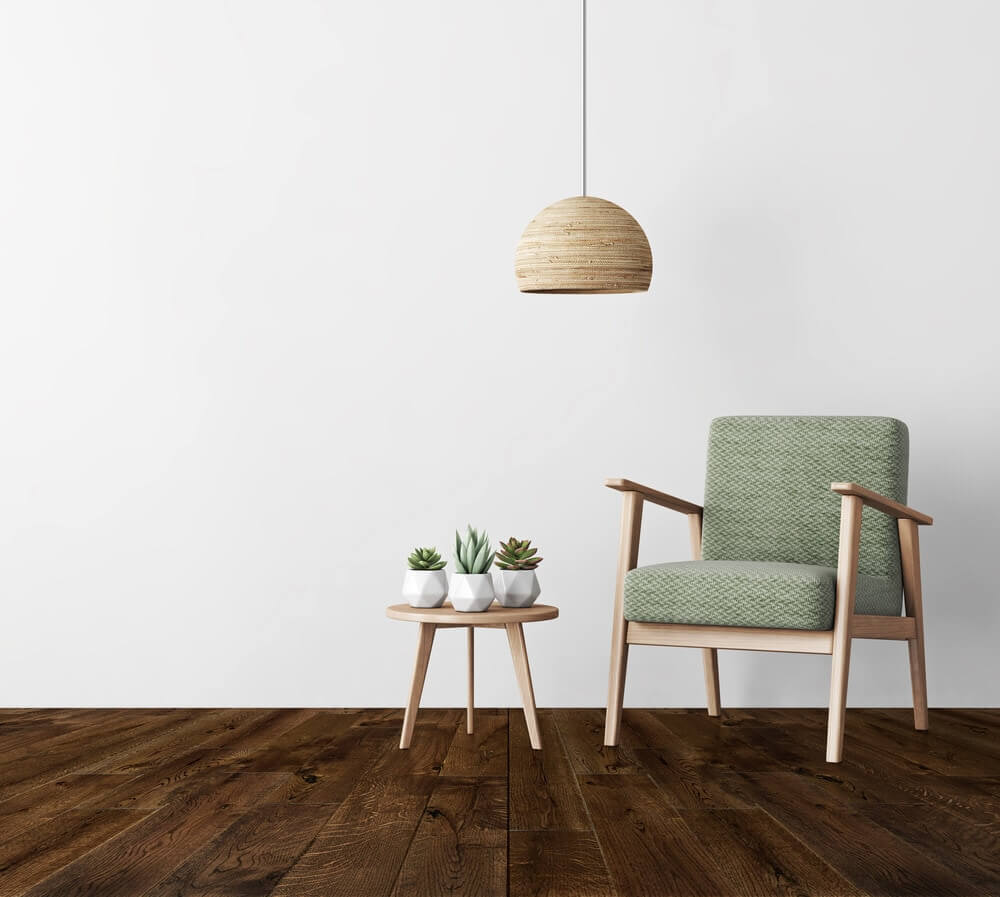
• Consider blending markers and pencils designed for wood to touch up scratches. These are incredibly easy to use and they won’t damage your floors. For certain types of flooring like red and white oak, you may need to use a combination of markers or pencils to get the coloration just right.
• Try a dab of coconut oil on unfished oak. While coconut oil won’t really fix the scratch, it can help conceal it and make it look much better to the naked eye. It’s also a cost-effective solution that won’t damage your floors even if doesn’t work for a particular scratch.
• Opt for quality commercial products designed to cover and repair scratches. While a few different options are on the market, it’s important to match the product to your flooring material and color. You generally only need a soft microfiber cloth to apply these repair products, so they’re simple and quick to use.
Know When to Refinish
Oak is resilient, strong and made to stand the test of time. Of course, that top coat can start to look a little worn after years and years of regular use. That’s when refinishing your oak floors can really come in handy.
But how are you supposed to know when it’s time to refinish your floors? That’s a common question, and for many people, it’s a bit confusing. Here are a few signs that it might be time to refinish your oak floors:
• You see lots of scratches. One or two scratches can usually be fixed without sanding and refinishing. However, when your floors start to look like they have scratches all over, the time consuming repair job often isn’t worth it. You’ll get a better, more uniform look by refinishing.
• Heavy discoloration is present. Gray or black discoloration is an obvious sign that it’s time for a refinish. While you may be able to fix one or two boards in a high-traffic area, it’s definitely time for a refinish when other parts of the floor take on that same discoloration.
• Water damage is apparent. Water damage can rot your wood and leave it looking dark and dingy. Unfortunately, water damage typically can’t be fixed and it’s rarely minimal enough that you can simply replace a board. Refinishing can restore your floors to their natural beauty and luster. It can also help prevent water damage from spreading if you’ve had a recent water-related mishap in your home or commercial space.
Caring for oak floors doesn’t have to be a tedious task, and once you get the hang of it, it will become second nature to you. Best of all, oak floors that are taken care of the right way can look amazing for many years to come. That’s before you have to refinish them, too.
Do you have specific questions about oak flooring for your home? Reach out to us today so we can help you learn more about our lineup oak flooring products, well as how to maintain them the right way.


